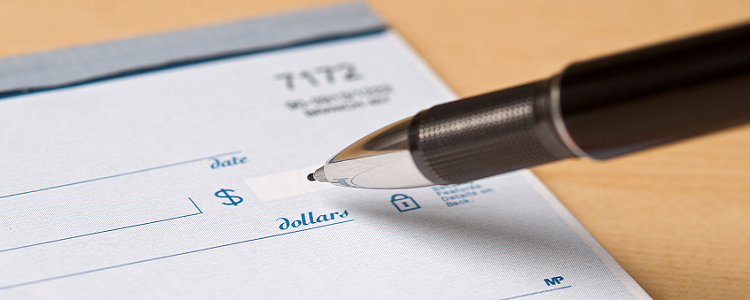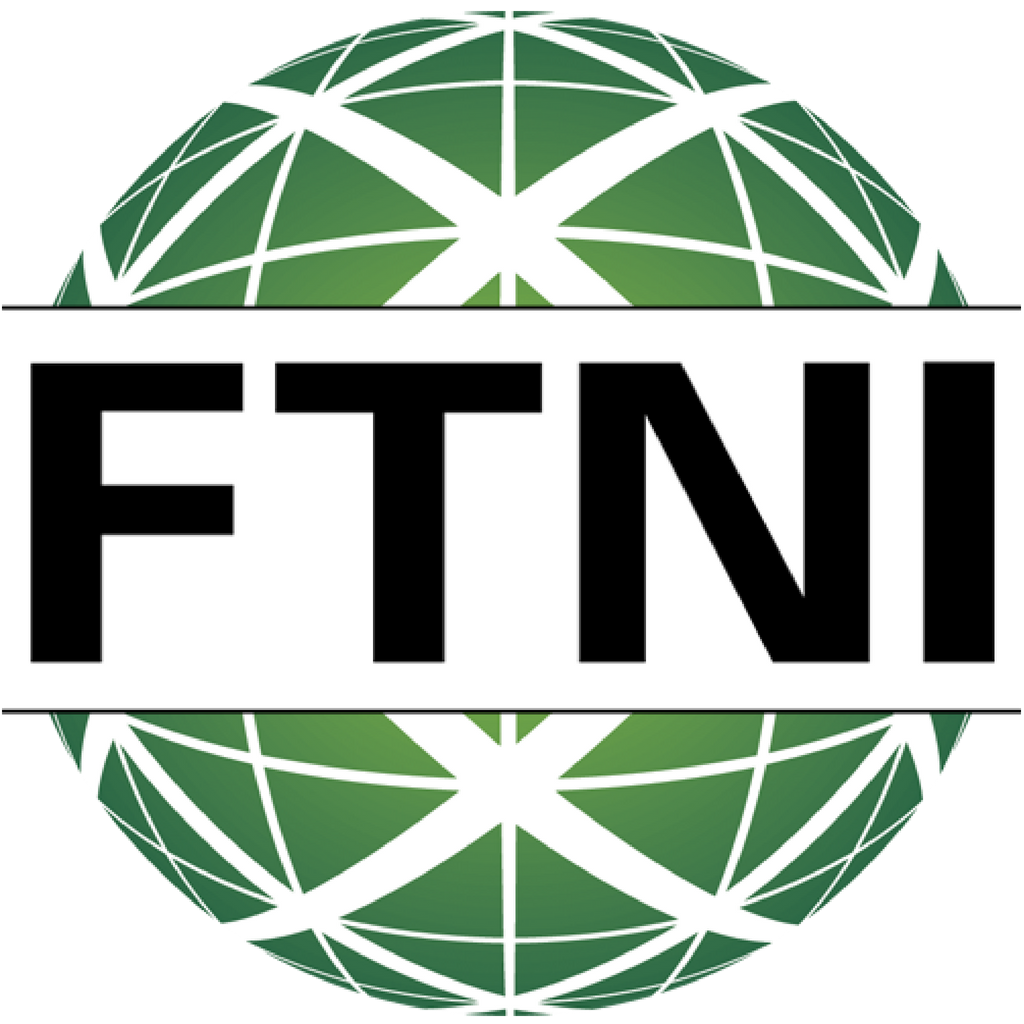
Originally published in Payments Business Magazine (May/June 2015 Issue)
Integrated Systems Lead to Faster Reconciliation of Checks, Which Means Lower Costs and Speedier Remittance
I am waiting for the day when I can pay for everything—groceries, trips, my mortgage—by waving my hand over a sensor on my watch. We’re moving in that direction; at some point, as the cost of smart phones drops and the technology for mobile payments catches up to consumers, technology will advance to the point that both making payments and reconciling remittances become swift and painless.
But for now, we use checks. They’ve stood us in good stead, making it convenient for people to make payments wherever they are. And while check use overall is in decline, checks still accounted for over 50 percent of B2B remittances in 2013, according to the ‘2013 AFP Electronic Payments Survey’. Needless to say, we’ll be using them for at least a decade to come.
At the same time, organizations from small businesses to the enterprise need to ramp up for the inevitable online and mobile advances that are making waves within the payments industry. We need a solution that can process checks and remittance documents more efficiently, saving us time, improving cash flow, and reducing costs, while helping us integrate multiple payment platforms into one easily managed, low-cost solution.
Believe it or not, checks are the key to the whole thing. You can ease your organization into the new world by ensuring that you’re capitalizing on the check processing efficiencies and cost savings associated with using remote deposit capture (RDC).
Why RDC?
By using RDC, you can streamline your operations, delight your customers, and speed access to funds. Businesses love it because of the convenience of being able to deposit a check from anywhere via a computer or a mobile phone. Banks love it because they don’t have to staff as many branches. Consumers love it because they no longer have to take physical checks to the bank to deposit them.
If you’ve already tried RDC, you may be shaking me off—but hear me out. There’s a fondly held perception that the more complex your operation, the less value RDC adds, because you still have to manually enter information into multiple remittance devices. So by implementing RDC, you’d just be adding another layer of complexity to your already complex accounting system, right?
Wrong. The beauty of RDC is that it positions you for straight through processing (payment acceptance, processing and posting in a single pass), which helps you create consistency and efficiency in process rules and workflows, no matter which payment method was used: cash, check, ACH, credit card, or mobile payment. Remember, each time a set of eyes has to take another look at a payment in process, it costs you money. A more streamlined process reduces costs and errors, and speeds remuneration as well.
Innovation to the Rescue
Manual data entry is becoming a thing of the past, thanks to advances in scanning technology. High-tech scanners automatically read magnetic ink character recognition (MICR) line data to ensure that the check isn’t a forgery and that the amounts in the courtesy (numeric amount) and legal (written letter amount) fields match. The need for manual remittance oversight has dropped accordingly. Before RDC, on average, scanning a check cost 40 cents and remittance cost 10 cents—but with RDC, these days scanning a check can average around 12 cents and remittance less than 5 cents.
With RDC, you can build business logic into your processes, using intelligent invoice matching to match up customers with their invoice items automatically. MICR scanning can automatically match the check sender with their invoice—so even if one of your customers forgets to include an invoice or remittance document with their payment, your system can still identify the customer and apply the payment to their balance as appropriate. By building in business logic, you can determine whether those funds should apply to the oldest balance, the newest balance, or something in between. Taken a step further, when you leverage a centralized payment platform to manage your receivables, you can upload outstanding invoice files and automatically get remittance information within a single user interface. This, in turn, can also leverage business logic to seamlessly post payment information into your back office accounting systems.
Using RDC enables you to build automatic reconciliation into your system, as well. If a customer sends a check for an amount that isn’t the exact balance due, the system determines how the customer came up with that amount—for example, if a customer remits payment for two outstanding invoice items within a single check—and reconciles that automatically.
RDC is also ushering in a new age of self-service. Take mobile remote deposit capture (mRDC), or the mobile version of RDC, where a customer remits payment by simply taking a photo of a check and transmitting it via an app on their mobile device. Originally developed for the consumer audience, mRDC is now being used by businesses to make B2B payments on the fly. Let’s use a food distributor as an example. When the distributor makes a delivery to a restaurant, the restaurant owner can write a check or pay by ACH or CC, and get the payment into the distributor’s system quickly and securely via a mobile payment app. Payment is made on delivery immediately, and the driver of the delivery truck doesn’t have to carry around hundreds or thousands of dollars in payments, which can bring even more security concerns into play. Not to mention the potential for delays and misplaced documents that can result from the physical transportation of payments.
Combine that kind of self-service with mobile invoice presentment to accurately associate payments with the appropriate outstanding invoice(s), and you’ve taken the first step in straight through processing via the mobile channel. Exciting stuff, and much more within reach than you might think.
There’s more good news: scanner prices have come down significantly since RDC was first deployed. Price used to be a barrier to entry, but scanner prices have dropped, allowing companies to buy an effective model for $500 (or less) instead of the $2,000 (or more) it once cost. Using RDC means remittance is swifter, costs are down, and funds are available to the recipient more quickly than with manual reconciliation.
For a system that reduces exception handling and speeds up the process of data entry, $500 or even a bit more starts to look like a nice bargain. When you consider moving to RDC as part of a larger move to integrate all your payment acceptance methods and channels into one flexible, easily managed system, it starts to look like a game-changer.
Next steps
If you’d like to position your company for straight through processing, you need a solution that will integrate seamlessly with your back office accounting and internal systems. The solution should allow you to view transactions, see the status of each deposit, and extract data for bulk uploads and reporting.
If you’re ready to start exploring what RDC can do for you, you may want to keep these things in mind:
- Commit to streamlining: Have a plan to streamline your financial operations—don’t add complexity to your processing environment without an integration plan. If you keep adding disparate solutions to your system, your system won’t be integrated—it’ll just add another set of reconciliation reports to your workload. Any solution you choose should make it easier for you to adopt straight through processing—not harder.
- Scanner requirements: If you’re in the market for a scanner, look for one that can capture images and automatically convert them into the right file type for your system, and then automatically pull information from the document to submit it for processing. Many companies are finding it important to scan not only checks, but also the up to 8.5” x 14” remittance advices that accompany payments. Make sure your scanner(s) of choice support your unique document size needs as well.
- Workflow: Look for a solution that will enable your organization to build in unique business rules within processing workflows to take advantage of available automation. This will not only increase efficiency, but it might also allow you to repurpose your most valuable resources—your employees—to higher value functions such as data analysis or new product development.
- Flexibility: Don’t get tied down to one kind of technology, one financial institution, or one credit-card processor—look for a solution (and a partner) that is flexible enough to grow with your business. You don’t want to have to move to an entirely new solution if you just want to change banks or credit-card providers.
- Find a partner: Look for someone who excels at security and compliance, has experience with mobile processing, and understands the payments industry—particularly straight through processing. Customers can be slow to adopt new platforms, so look for a partner who has the flexibility and experience to be a good advisor for you as you move forward.
There’s a brave new world ahead, and it’s coming at us faster than we realize. Remember: your RDC/mRDC solution should lead you toward straight through processing, not away from it. Planning for integration now is a great way to prepare for the future of receivables.
